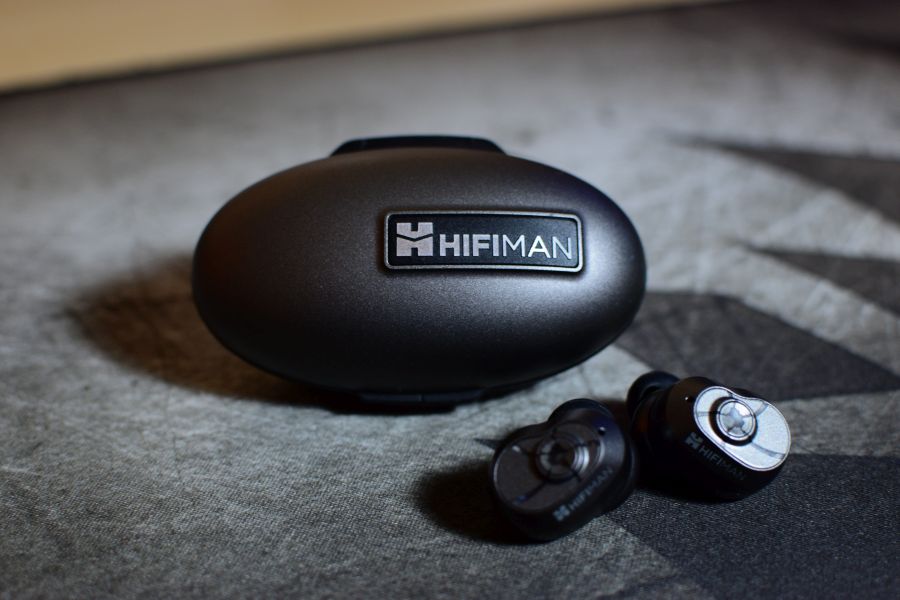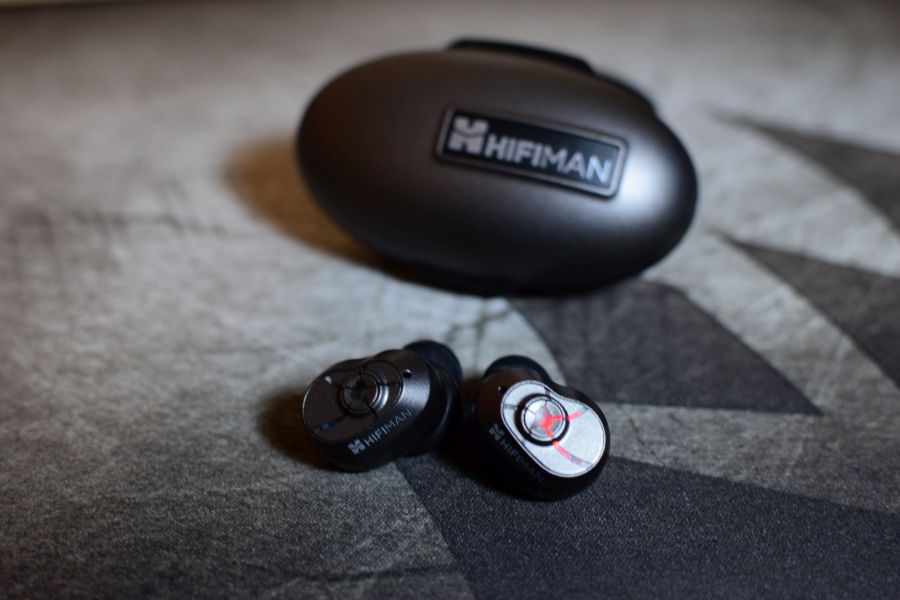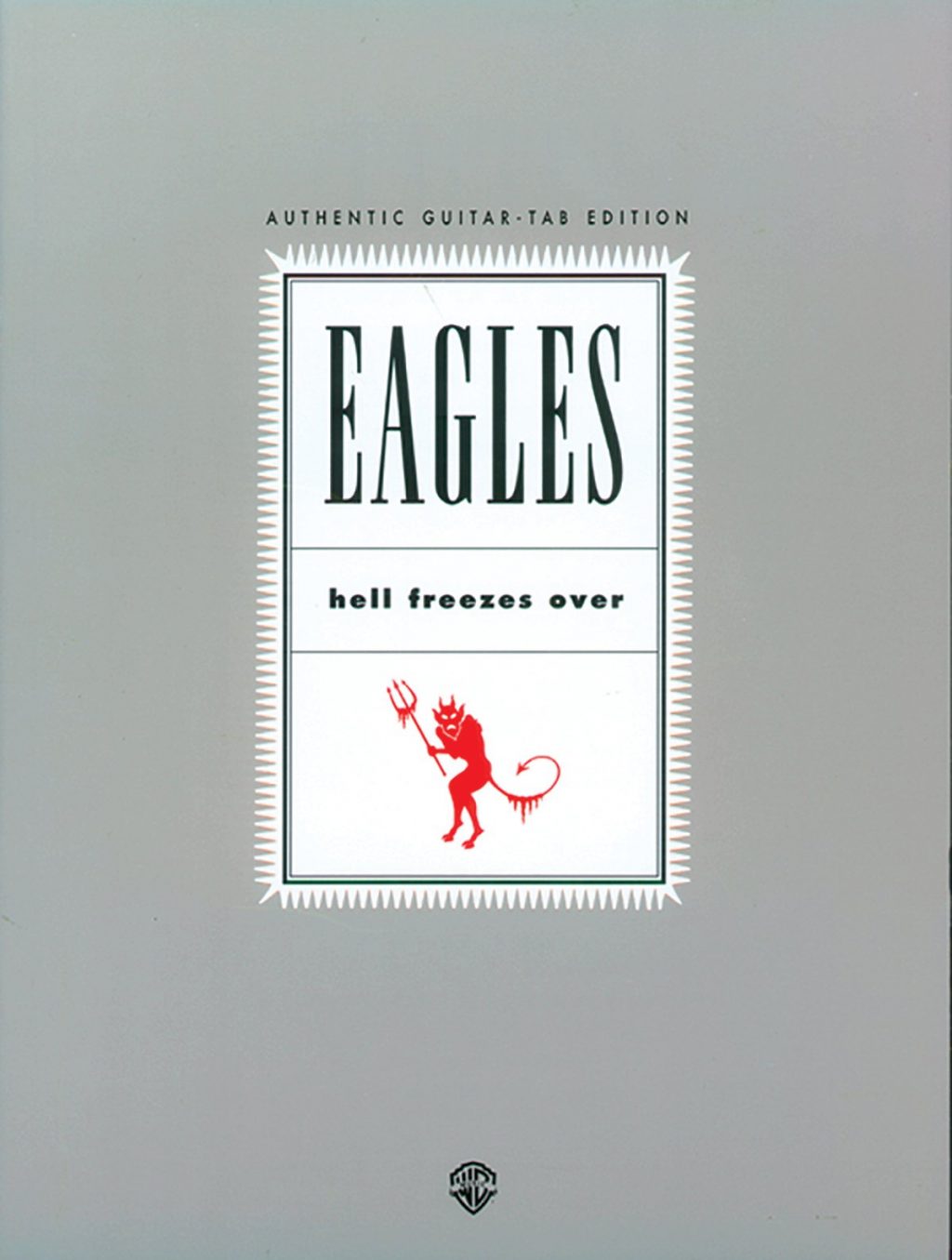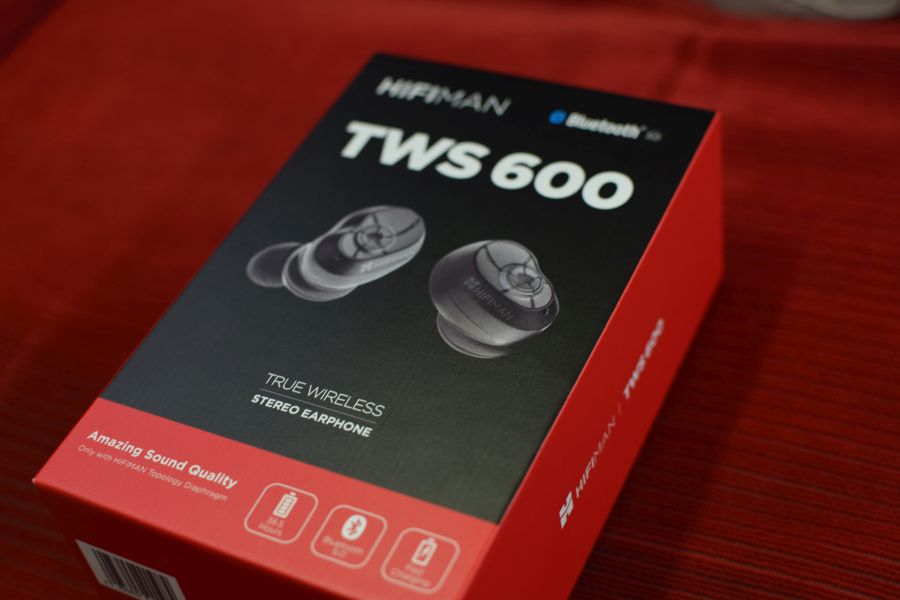Freedom isn’t truly free. It’s repeated time and time again in the United States and the same can apply to audio. Wireless technology and other consumer-friendly technologies or advancements made in the last decade aren’t complete drop-in replacements. There’s often a cost to having that simpler system with fewer components, or as in our case today, going wireless; truly wireless.
The last two years have seen an explosion in consumer infatuation with wireless tech to the most extreme degrees. First, we had full-size headphones with Bluetooth modules and then we moved to built-in Bluetooth followed by neckbuds (the ones that loop around your neck). We have reached the last step in the ladder and this is the new True Wireless (TWS) technology, where each earbud has a complete hardware stack (DAC, amp, Wireless chipset, internal battery, processing chip) allowing for a totally wire-free experience.

The True Wireless movement, although mostly in the consumer world has seen its entry into headphone audio as of late. Sennheiser, RHA, 1More and a plethora of other manufacturers targeting audiophiles or music enthusiasts are appearing as of late. I’ve listened to most of them and each one has their strengths and weaknesses. This year at Canjam Socal 2019, I heard the first True Wireless earphone I would consider to be truly targeted with audiophiles in mind. It was early in the morning on the first day of the show when I met up with Roger, Vice-President of Hifiman, and he gave me an exclusive world’s first listen of the new Hifiman TWS 600 ($149); the rest is history.

Hifiman approached the TWS 600 differently, they focused on what their top of the line models sounded like and worked towards achieving that sound signature. Most manufacturers don’t craft that way, but rather just create anew each time and then tune to what they want. Hifiman took what people liked about their open planar magnetics and not only sought to shrink it down to earbud level but also with each earbud packing a complete electronics setup. Believe it or not, this isn’t the first time Hifiman approached a product with this mentality, the wired RE600S was another earphone using the philosophy of shrinking down that full-bodied and open sound from their planars into tiny closed earphones. Hifiman at launch is running a deal where you can purchase both the RE600S and TWS 600 for $199; this will give you a chance to compare and contrast and see the methodology and chronology of Hifiman’s innovation. Personally, I found the RE600S to have the closest sound signature to the TWS600, if you are a fan of those earbuds, the TWS can be considered a near version of them with True Wireless.
Build:

The retail box is minimal in size and contents. It advertises 50m range in an open field, a combined total of 38.5 hours of playback with the included charging case, and an IPx4 Rating as the main selling points. The individual earphones each have a battery life of 5.5 hours before needing to go back into the case. Inside the retail box, you’ll find just the charging case and the two earphones along with accompanying paper documentation.

The charging case is perhaps one of the highest quality ones I have seen out of all the True Wireless I have encountered. It’s made of hard plastic with a metallic look to it. The logo in the top right corner has the Hifiman logo in aluminum giving it a premium look and feel. No creaks or play in the construction, the case is compact and sturdy. It features an anti-slip bottom with USB-C charging in the top left corner. Opening the case takes a bit of practice to get it right due to the small lip and need to have two opposing finger actions to get right. It took me about five times before I was completely ingrained into how to do it. The interior of the charging case is flatter in presentation and has a nice battery state indicator in the center. Simply drop the earphones back into the center when you are done using them, they will automatically turn off. When you want to use them again, simply plop them out and they will automatically turn on and start the pairing process.

The earphone driver housings themselves have a gourd shape to them almost. There’s an extra bulge after the main housing and that portion seems to be where the diaphragm actually is. The rest of the driver housing will need to contain the battery, microphone, wireless chipset, DAC/Amp, and push button. There are far smaller TWS setups, but also larger ones as well. The TWS 600 is middle of the pack in size. The earphones themselves are the same color as the charging case giving it a nice matching scheme. The face of the housing has this meteor spiral effect to it and will light up when it gets turned On/Off or when charging. Some seem to like the design, others not so much, but you can pretty much say this about most full-size headphones as well; some aren’t the most appealing to look at but are still popular and bought in droves due to how they sound.
I recommend aftermarket tips. The stock tips are very generic and the silicone quality is just ‘eh’. Personally, I had ear canal sensitivity to the feeling and could not stand them in my ears. I swapped them out with Comply Ts-500 Mediums and have had a much better time afterward. Try whatever tips you like, Spinfit or alternative and you’ll have better performance.
Usability:
General portability and ease of use with the TWS600 are within expectations for the TWS market. Hifiman’s focus has been more on the audio side. They did not blaze a new trail in TWS functionality or general use and I didn’t expect them to. Taking the earphones out of the charging case, I get a 70% success rate of both units turning on automatically. Every now and then, I’ll need to manually press and hold the multi-function button to turn on the unit. For the record, the best non-Airpod TWS I have used had a success rate of only about 9 times out of 10 for automatically turning on.

Range and connection stability are the TWS 600’s forte. Hifiman has an awesome video on Youtube demonstrating the up-to 50m range the earphones can achieve (in an open field with no other wireless interference nearby). Real-world testing showed that I can get down my entire house’s length with my laptop on the other end while still being connected despite there being multiple walls. Intermittent drops start happening once 3 and more walls get in between the host device and the TWS600 audibly starts ramping down the audio quality. As an auto-reconnect test, I waited without connection far away for a minute before heading back to my host device, the TWS600s picked back up and I was able to start jamming again. Once the signal is locked and ready, the TWS600 rocks throughout the night so long as its got juice.
The TWS 600 pairs best with mobile systems like Android and iPhone. Simply connect it once and it’ll pair right back up when you pull it out of the box again (most of the time). Windows Bluetooth support has never been the best and I find Microsoft’s OS lacking in this regard. I didn’t have a great time using Windows with the TWS 600 (or with other Bluetooth headsets as well). It will pair but will almost always require forgetting and re-pairing every time on the two Windows computers I’ve tried. I think it’s a compatibility issue with Windows and some chipsets.
The range of the TWS600 is its most standout feature. It can do quite a bit with what it’s got. The rest of the device, from its general wireless connection, multi-function button, and fit are about middle of the road. Past the Windows frustration, I was able to enjoy the TWS 600 in my day to day activities by simply taking it out of the case, starting my content, and sitting back as I sip on my drink.
Sound:

First and foremost, it must be addressed that this device is a Bluetooth earphone. It has a dedicated DAC, wireless chipset, amp, battery, and dynamic driver in each ear (third time I’ve mentioned this). From my opening point, freedom isn’t free and has a cost; it has a slight audible hiss. If you can not stand this during quiet moments, the TWS 600 probably is not for you. There is an auto-muting circuit that will cut the amplifier noise after about 12s of inactivity but it is still audible.
For the sound, the most concise way of describing the TWS 600 is that it is the most ‘audiophile’ True Wireless setup on the market. I made this statement during my preliminary Head-Fi group Facebook post and I stand by it. Compared to every other device on the market, only Hifiman’s TWS 600 is tuned and meant for audiophiles by audiophiles. It throws away the ideology of muddying up the mids and bass and providing an overly warm sound to hide the imperfections of true wireless technology embraced by every other unit on the market.
This headphone sounds like they were trying to recreate the general qualities of their high-end planar magnetics but in a smaller package. I imagine it akin to Dr. Fang and his team listening to the best tracks with their Ananda, Shangri La, etc and then writing down general qualities that they ‘want’ for this new fully wireless earphone. Pre-work for the TWS600 was surprisingly already done but with the wired RE600S which boasts a very similar sound signature and presentation. The main difference being the TWS 600 has a more forward and sharper midrange and general soundstage ‘resolve’. The RE600S is more mellow and ‘softer’ whereas the TWS600 is active and in your face.

One of my favorite tracks to demo at shows is the live 1994 MTV version of “Hotel California” found on Hell Freezes Over. Every player I’ve encountered has it and the recording is phenomenal. This was also the track I heard while at the show when I first encountered the TWS600 and was what made me decide this was the most ‘audiophile’ TWS on the market.
Opening up the song, you are met with this incredible soundstage and midrange string detail never before found on a true wireless device. The soundstage wasn’t running away and spilling off the edges like other closed earphones may exhibit, it had a concise beginning and end giving the listener a true feeling for where they were in space. Midrange micro-detail is about average overall but excellent for a TWS. It’s forward, with a slight roll-off giving it a softer blunt to the edge. When the vocals hit, it’s clear, oh my god it’s clear. Every other true wireless setup on the market has their vocals hit with a shot of hot sauce and chucked into the Sahara desert; they are typically overly warm, lacking in frontal presentation, and lack neutrality or cleanliness. Whereas others have this ‘radiating’ wave flowing off the vocals like it’s smothered with syrup, Hifiman has tuned the TWS600 to provide the singer their own space, their own stage with no sonic elements floating around to muddy up their performance; now THIS is transparency.
Separation of instruments in the live mix is also done such that everything jives together. You can hear the drums and percussion lightly keeping beat in the background and the shakers with their sand inside in harmony. The guitar solo at the end takes front stage with the TWS600’s ability to let the midrange shine when it needs to.
This type of performance is commonplace with the TWS600 when listening to what I consider ‘high quality boogie audiophile tracks’. If it’s the type of music you see at shows being used to demo equipment, the TWS 600’s have got you covered.
And this here is also where part of my issue with the TWS600 comes from. It’s tuned pretty much for that type of higher quality music with good separation, and that screams the words ‘audiophile’. Boz Scaggs, Fleetwood Mac, Eagles, Michael Jackson, etc. Move into modern age rap, hip-hop, pop, rock and the TWS 600 has issues keeping up.

Try for example “Mr. Brightside” by The Killers which is known for its fast pace, forward storytelling vocals and sharp instrument cluttering; modern rock in a nutshell. To explain the sound signature with a lot of the less ‘audiophile’ songs I’ve encountered is that they sound thinner and lacking in weight. Brandon Flower’s front vocal performance has good clarity, without the surrounding heat mentioned previously, but it also lacks some semblance of ‘oomph’ behind his delivery. The rest of the track is also light on the percussion elements and at times can get slightly harsh due to the more pronounced midrange. The song still sounds ‘good’, but for messier tracks, ones that aren’t recorded as well, and for a portion of the modern hip-hop and rock music, the TWS 600 strikes off-key at times.
The sound of the TWS 600 is, in a way, brilliant for its price and size. Its meticulous tuning, and the time spent to replicate the general signature of their high-end headphones certainly come to fruition with the true wireless earphone from Hifiman. With ‘high quality’ tracks, you get a level of performance not possible even with the more expensive Sennheiser Momentum TWS. The clarity, detail, soundstage, and separation achieved by Hifiman with this package is world class in the true wireless world. The Achilles heel then would be that to get this level of performance out of the abysmally small dynamic driver of this size required tuning that offset its ability to do other types of music to the same level, leaving it more as a ‘specified’ headphone. In the world of high-end audio, it is not uncommon for audiophiles to have certain headphones for certain genres and situations.
Despite this, in a world filled with hundreds of true wireless headphones, Hifiman dares choose to innovate and go off the beaten path. The other 999 true wireless can choose to tune to suit the 99 percentile of music out there by bass boosting, and warming up every section of the headphones to make it more acceptable to the consumer. Hifiman sought and pulled out the stops to tune and make what is truly the world’s most audiophile True Wireless earphone, and they’ve done it. Freedom takes courage to achieve, and it’s all the more reason to develop keystone products that suit that niche need of users that can truly appreciate its value. Most consumers don’t need the niche $10k full liquid-cooled PCs, but I’m glad they exist for the small group of users that do want them, and for the hobby market as it shows innovation still happens on the far end. To that end, so too, do I feel that the Hifiman TWS 600 is needed even if it fulfills a smaller target goal.
Conclusion:

Hifiman’s first venture into the wireless earphone market has shown that it has the chops to succeed at what it does best; make audiophiles happy at the sound and price for performance. The TWS 600 is less a general use earphone to handle every type of music, but rather one for the hardcore high-end audiophile that wants to truly listen to well recorded and produced music on the go. The price is extremely affordable at $149 and with over 30 hours of battery with the sturdy charging case, it can keep on rocking. Your listening session of Bach, Steely Dan, and Pink Floyd doesn’t have to stop when you leave the house, and this time around, you can be truly free of any wires. Full movement, top audio quality, and true freedom with Hifiman’s TWS 600.















Want to join discussion?
Feel free to contribute!